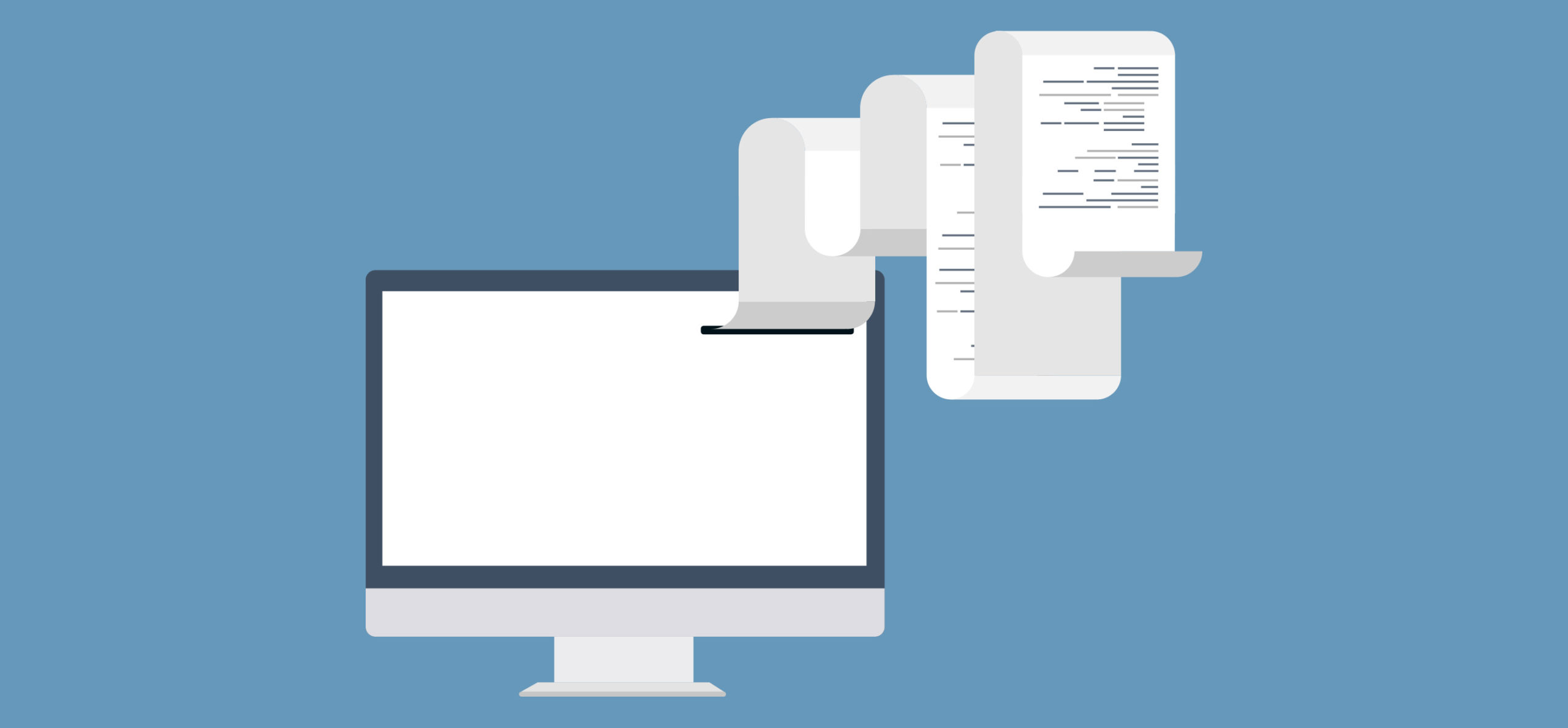Technology advances rapidly and generates changes, especially in the workplace. There are those who say that automation will bring more work and others who say that the possibility of getting one will decrease.
Thousands of financial operations are carried out electronically in the world, and every day more begin to migrate from the physical to the digital. Online traceability, control, review and updating are success factors for this type of document.
The same thing happens with invoices, the e-invoice concept has existed in Colombia since 2007, although its use is not widespread, and only about a hundred companies use it. At present, the Directorate of National Taxes and Customs, DIAN , points to its massification.
Initially, it is expected that around 830 large companies will have to implement e-invoicing platforms . This is a mechanism that will be of great help in controlling tax evasion and smuggling . But beyond that, it is estimated that its use will become widespread due to the facilities it implies for companies.
One more component, many fewer steps

An invoice is a document regulated by law, with certain requirements and mandatory fields. The e-invoice is practically identical to the traditional one , it is even accompanied by digital signatures (a mechanism equivalent to a handwritten signature that guarantees the integrity and authenticity of an electronic document or transaction and the identity and responsibility of its author). The only thing that differs is in an additional field. It is a hexadecimal code that can only be generated by those who have a technical key granted by the DIAN, and a digital certificate. Thus, several variable parameters of the platform that make the invoice unique are encoded in it. In addition, by provision of the DIAN in mid-February 2016, each page of the invoice must carry a QR code that represents the technical control content.
The same as the traditional invoice, it must guarantee: authenticity and integrity, that is, once generated, it cannot have any changes. And it must be: issued, delivered, accepted, preserved and exhibited.
Digitizing is not generating an electronic document
Just like in banking operations, a consignment voucher filled out by hand in an office and scanned to be sent to the account owner is not an electronic transaction; an invoice that is physically generated and displayed in a PDF for the customer to consult, is also not an electronic invoice.
The e-invoice is born, transmitted and consulted digitally. It can be printed by whoever receives it, but it is not necessary. For the user to know if it is an e-invoice or not, he only needs to see if it has a hexadecimal code.
special platform
For the implementation of the e-invoice, the DIAN requires companies to have a technological platform that guarantees the legality of the transaction, with all the traditional mandatory fields of the paper invoice. During the process, DIAN itself generates a key with which, added to the digital certificate of the platform, a hexadecimal code is created that serves as technical control content and guarantees the legality of the commercial deal.
The platform can be created by the company that generates the invoice itself, but since it is a specialized activity, the regulations contemplate that a third party can be a service provider as long as they certify compliance with the requirements defined by the standard.
A solution with the Cadena brand
Cadena has developed a platform that meets all the conditions and can be implemented in any company in a very agile way.
This platform works in a standard electronic format to guarantee technological neutrality, that is, to make it understandable in different information systems. In addition, the telematic transmission must guarantee integrity, which is obtained with the technical content of control. The information is stored and the recipient of the invoice receives a notification so that, logged in to the platform, they can see all the data, and if required, they can view the invoice in a PDF –similar to a physical one–. You can even accept, comment or reject the invoice in the same system.
The advantages of invoicing electronically
A solid platform can integrate information with accounting software or ERP. Cadena, which also provides document management services, has developed the possibility of attaching files on its platform, which is sometimes necessary to justify invoices. In addition to complying with all the regulations, the parties involved in the process have traceability of the information, and alerts are generated for invoices prepared, reviewed and approved.
A platform like this lightens billing processes. The information is stored in Cadena, so the invoice generator (Company) and client can carry out their processes with a user password to access the application.
With the e-invoice there is:
- Savings of equipment, personnel and time.
- Reduction of inventory costs.
- Logistics optimization.
- Increased productivity, information quality and reaction capacity.
- Automatic generation of reports requested by the DIAN.
The conditions to implement an e-invoice system
- Guarantee of authenticity of the invoice. Cadena has digital certificates that guarantee the inalterability of the invoice.
- Issuance of reports to the tax authority. The platform generates them when required by law and at the request of the user company.
- Ease of handling. The platform allows you to schedule identical invoices on certain dates and feed them by modifying them in their entirety or with specific changes.

